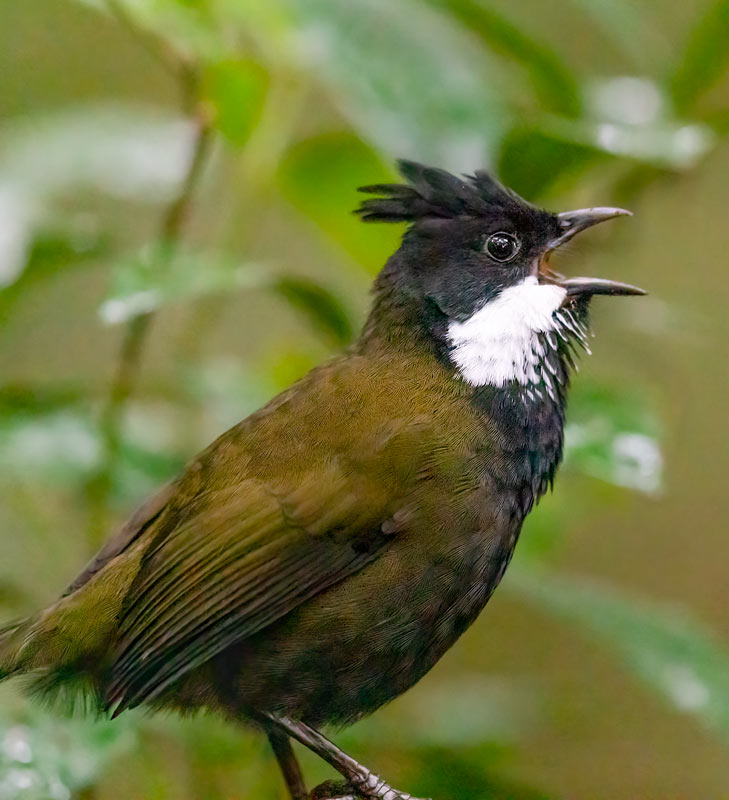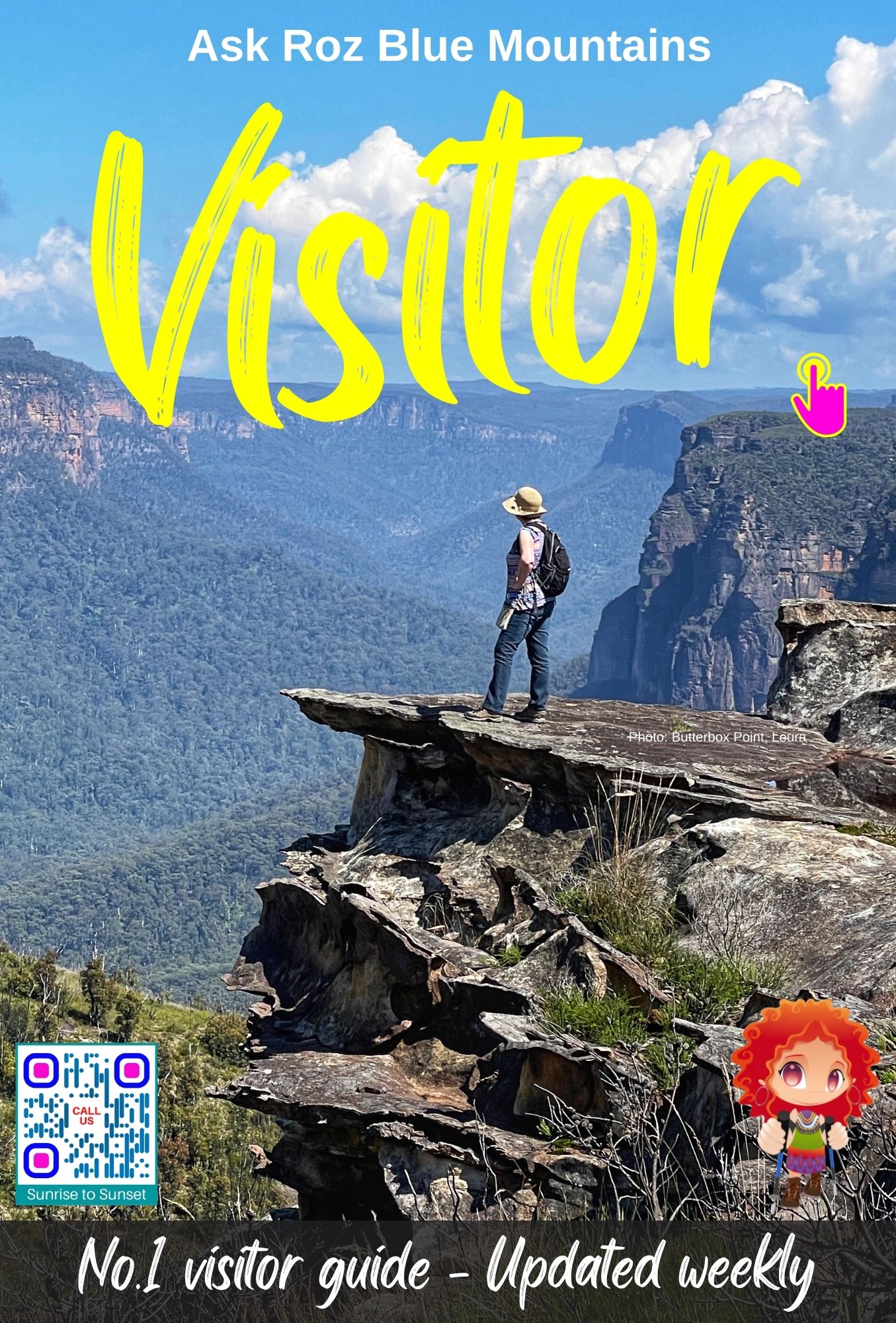The eastern Whipbird (Psophodes olivaceus) is an insectivorous passerine bird native to the east coast of Australia. A member of the family Psophodidae, it belongs to the order Passeriformes, which includes more than half of all bird species in the world, and the superfamily Sylvioidea. Eastern Whipbirds are notable among songbirds for their group breeding behaviour – females lay two eggs in each clutch, and several females may lay their eggs in one nest.
Whipbirds – Nature’s Maracas
When you think of Australia, you probably don’t think of birds. Yet while kangaroos and koalas get all the attention, there are over 700 species of bird in Australia alone. One that has been known to be one of nature’s best-kept secrets is called a Whipbird which can be found throughout the Blue Mountains.
Eastern Whipbirds Are Outstanding Songsters
The eastern Whipbird is an insectivorous passerine bird native to the east coast of Australia. Its whip-crack song is a familiar sound in forests of eastern Australia. Heard much more often than seen, it is dark olive-green and black in colour with a distinctive white cheek patch and a crest. This secretive species lives and nests in small holes, concealed by dense shrubbery or vegetation growth close to rainforest gullies.
Origin of the name Whipbird
The earliest record of an unusual name for a bird is from 1629 in a publication by English naturalist and herbalist John Parkinson, Paradisi in Sole, Paradisus Terrestris. The name appears to have been derived from its call which was described as a whip-poor-will (Whip-poor-will refers to nightjar and not Whipbird) or twhip noise and would appear to be based on sound alone. It was later Anglicised to Whipbird and other forms such as whippoorwill may also have been derived from it. All names are thought to be versions of some imitative word such as witchety, another small insectivorous nocturnal bird found in Australia that has a very distinctive call.
Whipbird description
A slim bird some 26–30 cm in length and 47–72 grams in weight, it is olive green with a black head and breast. It has a small black crest with a white cheek-patch on its face. It has a paler abdomen with a long dark olive-green tail tipped with white. The iris is brown and bill is black with blackish feet. The male is slightly larger than the female. Juveniles are a duller olive-brown and lack the white cheek stripes and dark throat.
The Whipbird Call
The eastern Whipbird is generally shy, and is heard much more often than seen. Its long drawn out call – a long note, followed by a “whip crack” (which is the source of the common name) and some follow on notes – is one of the most distinctive sounds of the eastern Australian bush.
The call is usually a duet between the male and female, the male producing the long note and whip crack and female the following notes. Calls are most frequent in the early morning, though do occur through the day with small peaks at noon and sunset. Though male calls are consistent across the species range, a high degree of variation in female calls has been reported.
Habitat – Where Can I See a Whipbird?
Whipbirds are endemic to Eastern Australia and can be found in Queensland, New South Wales, Victoria and south-eastern parts of South Australia. They inhabit forests and woodland areas with a dense understorey; they avoid areas with heavy ground cover such as lantana or too much bare ground. They can be found throughout the greater Blue Mountains region.
Diet – What Do Whipbirds Eat?
Despite their name, Whipbirds eat no insects. Instead, they are frugivores (fruit-eaters), relying on a wide variety of native fruits and berries to feed themselves and their young. Like many birds in Australia’s forests, they are opportunistic breeders—able to breed multiple times during each breeding season if food is available. Each nesting cycle lasts around six weeks from egg-laying through fledging of offspring; there may be more than one brood in a year.
Life Cycle – How Long Do Whipbirds Live?
Whipbirds are known to live for 10-15 years. These small birds tend to travel in pairs or small groups of up to 20 individuals. Whipbirds have been observed performing aerial displays with other members of their species, mostly during the breeding season and in spring. Skilful at building their nests, they will often use several materials when constructing it including dead leaves, grass and spider webs.
Whipbirds are monogamous. Breeding occurs from late winter through spring; a loosely built bowl of twigs and sticks lined with softer material such as grasses, located in shrubs or trees less than 3–4 m above the ground.
Ecology – Why Is This Bird So Important?
One of Australia’s most abundant forest birds, and is critical to maintaining a healthy balance in woodland ecosystems. Their diet consists mainly of insects including beetles, ants and bugs, but they will also eat fruit and berries. They are one of many animals that act as a food source for larger carnivores like pythons, lizards and eagles.
![]()





